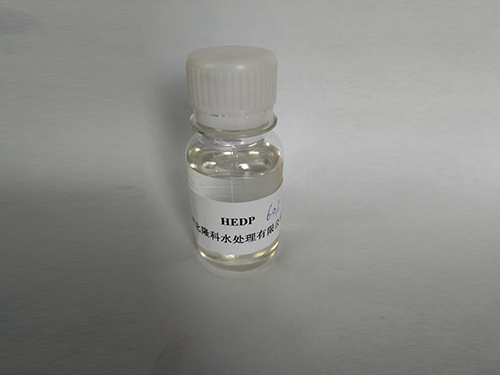Chemical Coagulation and Flocculation Techniques for Effective Water Treatment Solutions
Chemical Coagulation and Flocculation in Water Treatment
Water is a vital resource for all forms of life, and ensuring its purity and safety is paramount. Contaminated water can pose significant health risks, making effective water treatment techniques essential. Among these techniques, chemical coagulation and flocculation are widely used processes that play a crucial role in purifying water for drinking, industrial use, and wastewater treatment.
Chemical coagulation is the initial step in the treatment process, where chemicals, known as coagulants, are added to the water to destabilize suspended particles. The presence of fine particles in water, such as silt, clay, and organic matter, can lead to turbidity, which affects the clarity and quality of water. Coagulants, such as aluminum sulfate (alum), ferric chloride, or polyaluminum chloride, are typically used. When coagulants are added to the water, they neutralize the electrical charges of the particles, causing them to clump together. This process forms larger aggregates called flocs, which are easier to remove from the water in subsequent steps.
Flocculation follows coagulation. It involves a gentle mixing process that encourages the formation of larger flocs by promoting the collision of smaller floc particles. This step is crucial as it increases the efficiency of the subsequent sedimentation or filtration processes. In this phase, flocculants, which are often long-chain polymers, may be added to enhance the aggregation of flocs. The combination of chemical coagulants and flocculants plays a significant role in ensuring that contaminants are effectively removed from the water.
Once flocs are formed, the water undergoes sedimentation, where gravity helps settle the heavier floc particles at the bottom of a tank. This clarifying step helps remove a vast majority of contaminants from the water. The clear water that rises above the sedimentation layer may then be subjected to additional treatments such as filtration, disinfection, and sometimes additional chemical treatments to ensure its safety and quality for human consumption.
chemical coagulation and flocculation water treatment

The effectiveness of chemical coagulation and flocculation is influenced by various factors, including the type and dosage of coagulants, pH levels, temperature, and the characteristics of the water being treated. Proper optimization of these parameters is critical to achieving the best results. Operators of water treatment facilities must routinely monitor these variables to ensure compliance with health standards and environmental regulations.
Moreover, while chemical coagulation and flocculation are highly effective, they also come with challenges. The handling and storage of chemical coagulants require careful attention to safety protocols, as some of these substances can be hazardous. Additionally, the residual chemicals and sludge generated from the process need appropriate disposal to prevent environmental contamination.
In recent years, there has been a growing interest in developing sustainable and environmentally friendly alternatives to traditional chemical coagulation and flocculation methods. Research has explored natural coagulants derived from plant materials, as well as advancements in techniques like electrocoagulation. These innovative approaches aim to reduce chemical usage and minimize the environmental impact of water treatment.
In conclusion, chemical coagulation and flocculation are essential processes in modern water treatment systems. By effectively removing suspended particles, these techniques play a significant role in ensuring the provision of safe, clean water for various uses. As technology continues to evolve, the exploration of sustainable alternatives will enhance the efficacy and safety of water treatment practices, contributing to public health and environmental conservation.
-
Water Treatment with Flocculant Water TreatmentNewsJun.12,2025
-
Polymaleic AnhydrideNewsJun.12,2025
-
Polyaspartic AcidNewsJun.12,2025
-
Enhance Industrial Processes with IsothiazolinonesNewsJun.12,2025
-
Enhance Industrial Processes with PBTCA SolutionsNewsJun.12,2025
-
Dodecyldimethylbenzylammonium Chloride SolutionsNewsJun.12,2025





